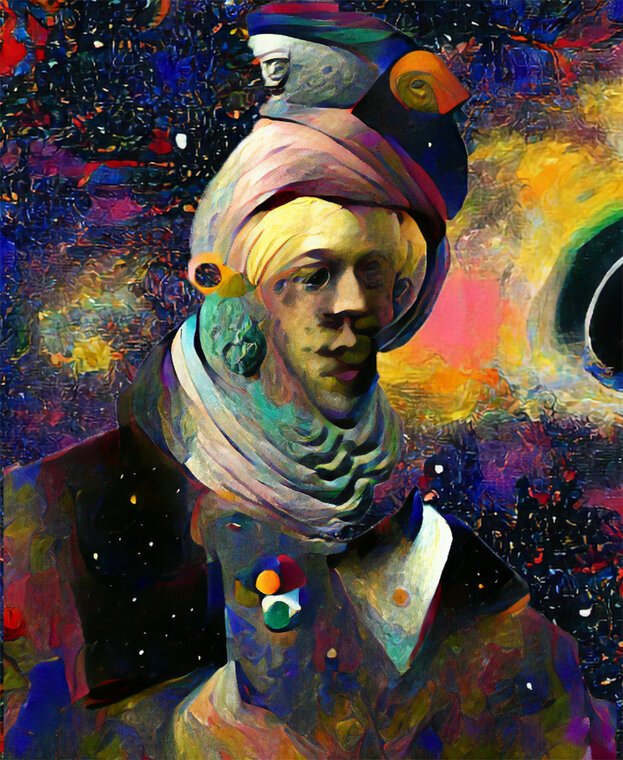“Art is an ever-flowing exchange of discovery and meaning in moments that enfold and unfold knowledge in meaningful relationships.”
There is a strong correlation of the above statement with dreaming and also for working with an AI. For example, while falling asleep, I love to watch my mind construct hypnogogic imagery, thoughts and scenes completely on its own without any input from me. It's a game of hide and seek.
These mental hypnogogic states are performing actions similar to mental waking states, where the mind calls upon deep data sets that it has been collecting, from day one, in order to construct its reality from various sensory and perhaps non sensory inputs. It does the same thing when I fall asleep.
Once in a while I become aware of myself in these dream states, not as the creator of them but rather as the observer. During states of lucid dreaming, when I am wake inside the construct of a dream, I am aware that my mental state is dreaming. At times like these i can provide input into the construct as instruction sets or parameters to influence the direction but not create the dream. For example, I can will things like flying inside that dream. However, the course from there is beyond my control. I am not the creator but, I am the observer.
This is similar, in a way, when working with an AI to create artistic images. The AI draws from huge data sets and learning instruction built into it, performing on its own with little of my involvement. I can provide input parameters into the AI process to influence its direction (like willing to fly inside a dream) while still, the creation of the image is beyond my control. Here, I find myself to be an observer and not the creator. I like this because it leads to greater meanings and discoveries that i would not have found otherwise. Here I am performing the role of the Artist As Collaborator and Observer, not the sole Artist As Creator.
When working with the AIs, i let them run through several hundreds of iterations and then select the final image. In that fashion, perhaps i am a curator as well.
In my digital work, I am discovering worlds that couldn’t otherwise be seen; exploring moments that exist implicitly, but only manifest through a particular approach using a unique set of instruments. In this activity, the abstracting and pictorial process becomes quite mysterious as images and various incarnated equivalents reveal themselves on a stage that speaks to worlds more real than real. When that synthesis occurs, something happens that transcends the boundary of both observer and creator, in which a greater truth is revealed, art’s mysterious ministry.
— John Anderson



